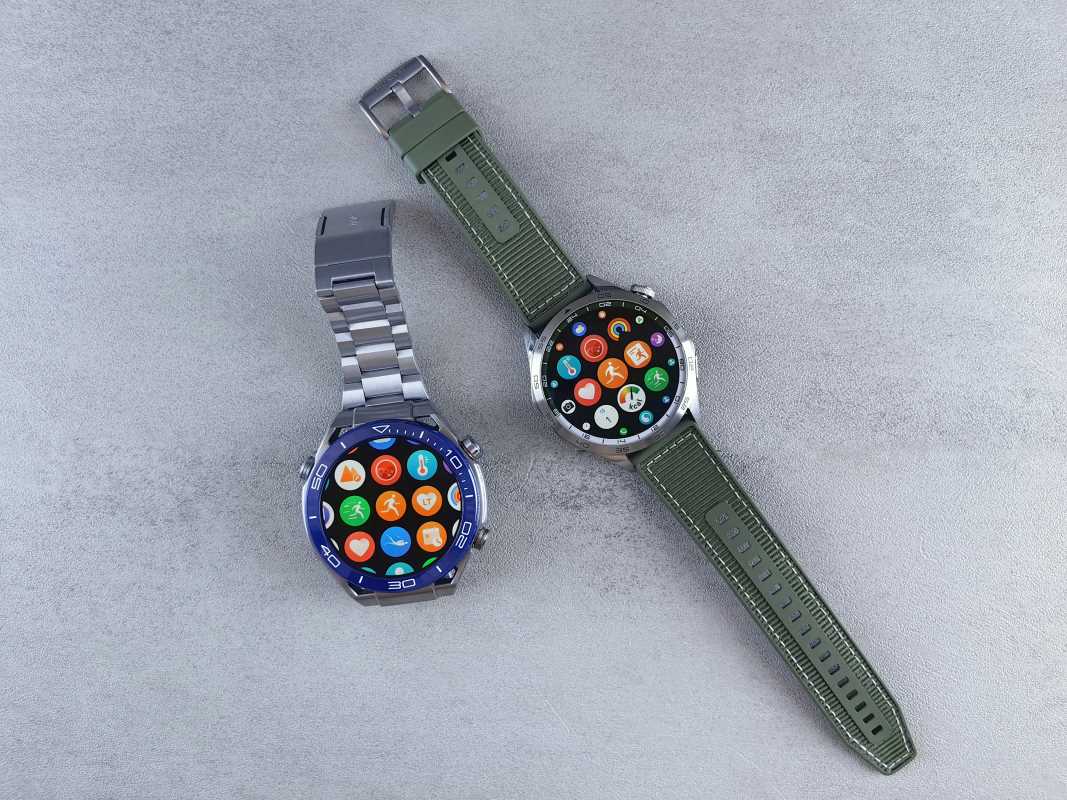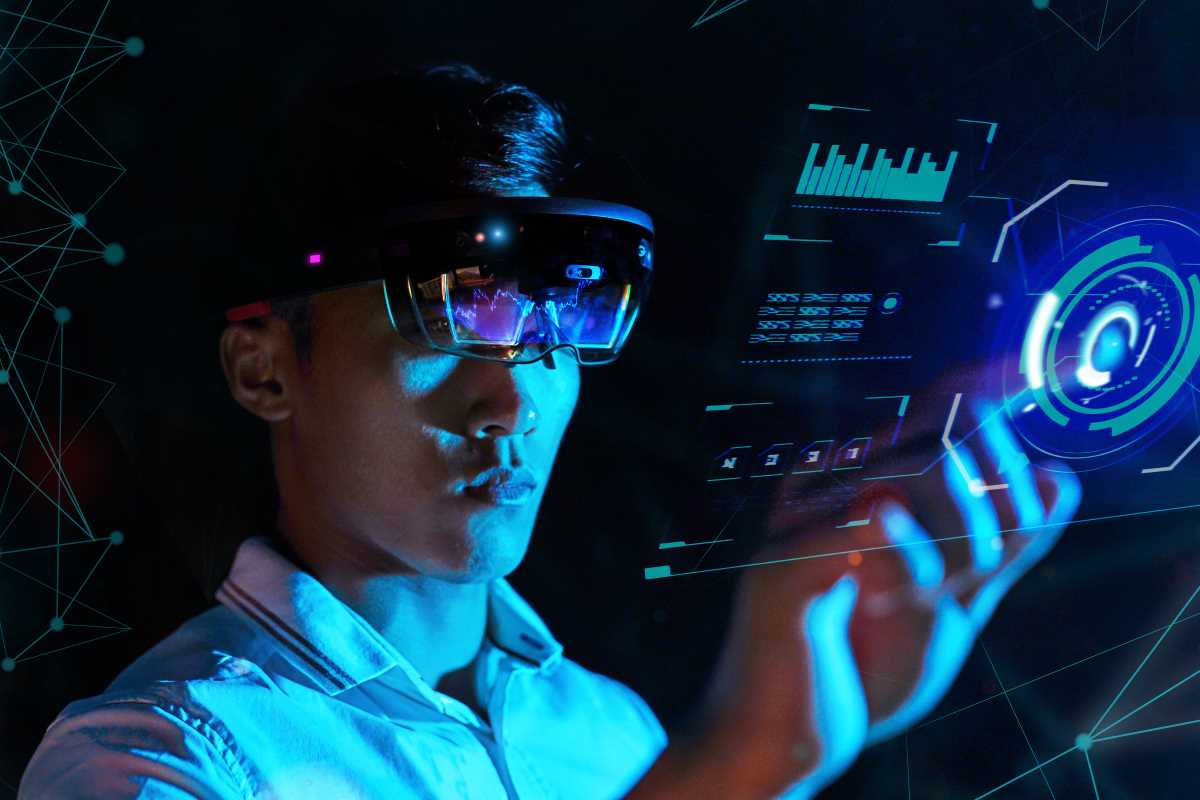Smartwatches have transcended the realm of mere fashion statements, evolving into indispensable tools for managing diabetes effectively. Picture a compact gadget on your wrist that does so much more than display the time. It constantly monitors your blood sugar levels, sends timely reminders to take your medication, and maintains a seamless connection with your healthcare team. This fusion of cutting-edge technology and health management offers a remarkable level of convenience and support for countless individuals living with diabetes, making their daily routines smoother and more manageable. Embracing such innovations truly enhances the quality of life for those navigating the challenges of diabetes.
Current Role of Smartwatches in Diabetes Management
- Blood Glucose Monitoring: Many smartwatches now come equipped with sensors that continuously monitor blood sugar levels, providing real-time data directly to your wrist.
- Medication Reminders: These devices send timely alerts to remind users to take their insulin or other medications, helping maintain consistent treatment schedules.
- Activity Tracking: By monitoring steps, heart rate, and other physical activities, smartwatches assist users in staying active, which is crucial for managing diabetes.
- Data Sharing: Users can easily share their health data with healthcare providers, facilitating better-informed medical decisions and personalized care plans.
- Diet Management: Some smartwatches can log dietary intake and suggest meal plans that align with the user's blood sugar levels and overall health goals.
Technological Advancements and Future Trends
- Enhanced Sensor Accuracy: Future smartwatches will feature more precise sensors for monitoring various health metrics, reducing the need for manual checks.
- Integrated AI Support: Artificial intelligence will analyze health data in real-time, providing users with personalized recommendations and predicting potential health issues before they arise.
- Improved Battery Life: Advances in battery technology will allow smartwatches to operate longer without needing frequent recharges, making them more reliable for continuous health monitoring.
- Seamless Connectivity: Enhanced connectivity features will enable smarter integration with other health devices and electronic health records, ensuring a comprehensive view of the user's health.
- Non-Invasive Glucose Monitoring: Future models will likely offer non-invasive methods for tracking blood sugar levels, eliminating the discomfort of traditional finger-prick tests.
Impact on Patients and Healthcare Providers
For patients, smartwatches represent a significant shift towards more proactive and personalized diabetes care. By providing continuous monitoring and instant feedback, these devices allow users to take control of their health in ways that were previously unimaginable. This increased autonomy can lead to better adherence to treatment plans and improved overall health outcomes.
From the perspective of healthcare providers, smartwatches offer a wealth of data that can enhance patient care. The ability to monitor patients remotely and in real-time enables healthcare providers to make more informed decisions, adjust treatments as needed, and intervene early when potential issues arise. This not only improves patient outcomes but also streamlines the workflow for medical professionals.
Challenges and Barriers
Despite their potential, the adoption of smartwatches in diabetes management faces several challenges. One major barrier is the cost of these devices, which can be prohibitive for some users. Additionally, data privacy and security issues arise as sensitive health information gets collected and transmitted digitally.
Another challenge is the accuracy of the sensors. While technology is improving, some instances show that the data provided by smartwatches may not be entirely reliable, potentially leading to incorrect health assessments. Furthermore, the initial learning curve associated with new technology can deter some individuals from fully utilizing these devices.
Potential Solutions and Innovations
To overcome the cost barrier, manufacturers and healthcare providers could explore subsidized pricing models or insurance coverage options that make smartwatches more accessible to a broader population. Enhancing data encryption and implementing robust security protocols can address privacy concerns, ensuring that users' health information remains protected.
Improving sensor technology to increase accuracy is also crucial. Ongoing research and development can lead to more reliable devices that users can trust. Additionally, providing comprehensive user education and support can help individuals become more comfortable with the technology, encouraging wider adoption and effective use of smartwatches in their daily health management routines.
Smartwatches are transforming diabetes care by offering more personalized and accessible health management. Their growing integration promises a smarter, more efficient future in healthcare.
 (Image via
(Image via





